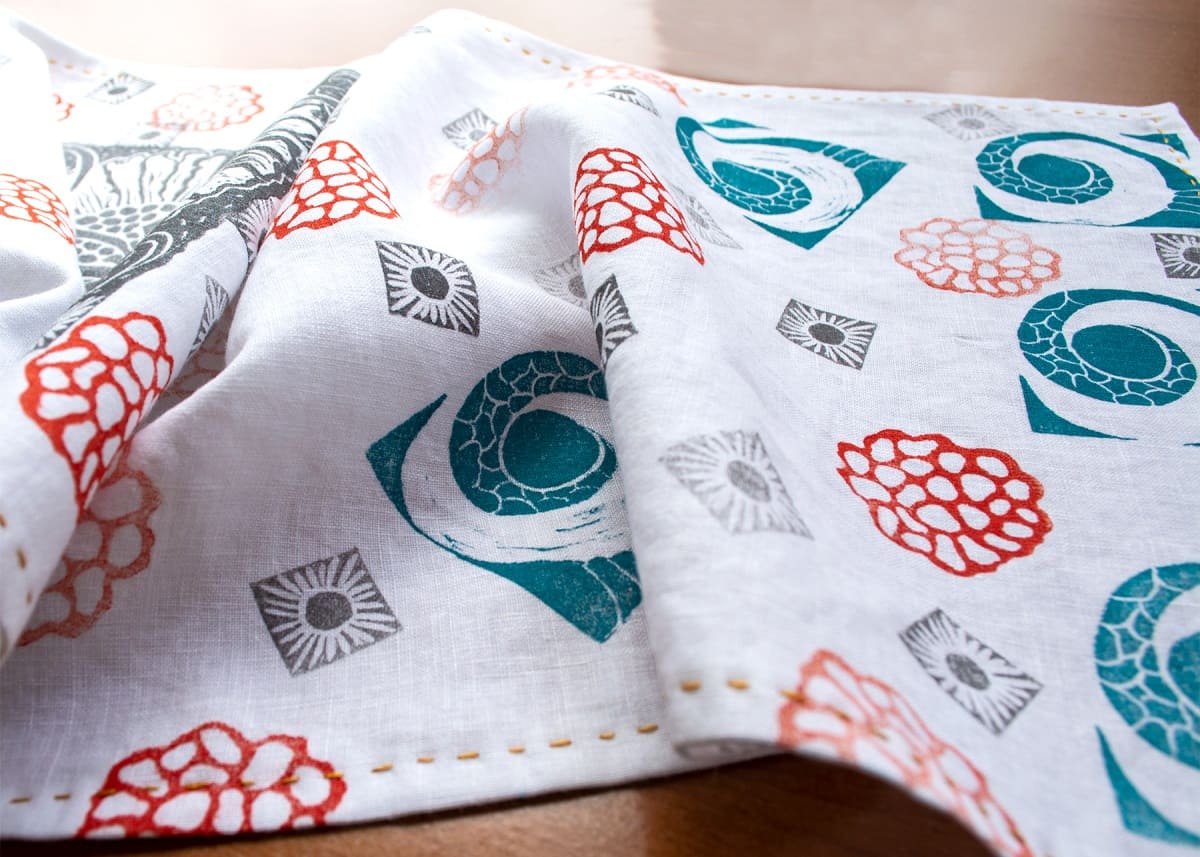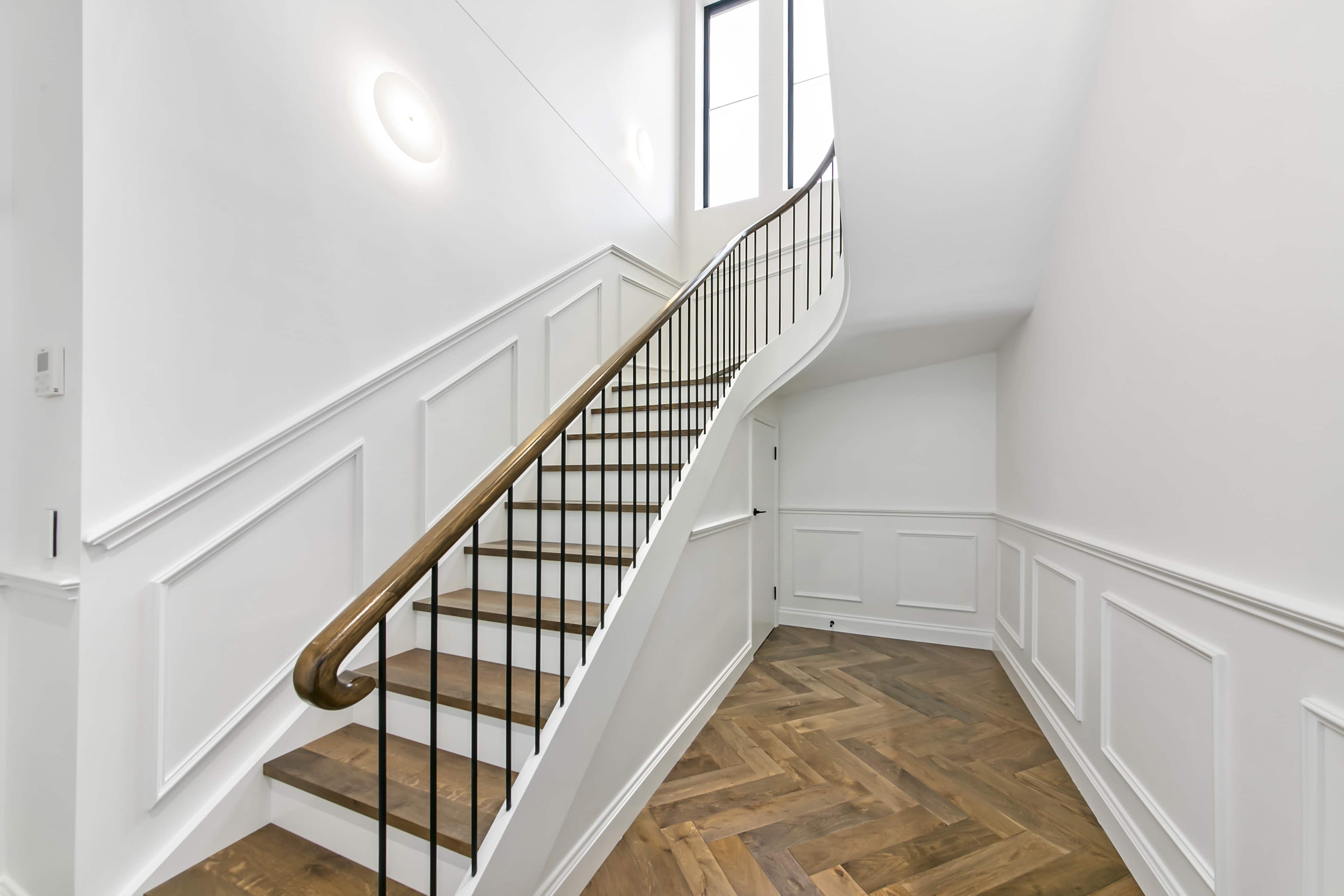Home>Ideas and Tips>Green Roof Installation: Benefits and Step-by-Step Guide


Ideas and Tips
Green Roof Installation: Benefits and Step-by-Step Guide
Published: September 1, 2024
Discover the benefits of green roofs and follow our step-by-step guide to install one, enhancing sustainability, energy efficiency, and property value.
(Many of the links in this article redirect to a specific reviewed product. Your purchase of these products through affiliate links helps to generate commission for Storables.com, at no extra cost. Learn more)
Green roofs have become increasingly popular in recent years due to their numerous benefits for both the environment and the building itself. These roofs are not just aesthetically pleasing; they also provide a range of functional advantages that can enhance the sustainability and livability of a building. In this article, we will delve into the benefits of green roofs, discuss the different types of green roof systems, and provide a step-by-step guide on how to install a green roof.
Benefits of Green Roofs
1. Health, Awareness, and Beauty for Building Occupants
Green roofs offer many intangible benefits to a building. Humans naturally seek connections with nature, a phenomenon known as biophilia. By incorporating vegetation into the building via a green roof, the architecture can become attractive to humans on a very fundamental level. Green roofs can provide building occupants with an increased sense of health and well-being, increase patron occupancy levels, and generate a greater awareness of the environmental impact buildings can have on the environment. A green roof can serve as a symbol of the sustainable movement to the community, raising awareness and promoting a healthier living environment.
2. Protect Your Roof from UV Rays
Green roof systems can protect your roof from ultraviolet radiation that can deteriorate a roof over time. Your roof is exposed to temperature fluctuations and is susceptible to cycles of expansion and contraction when left exposed. If your roof is protected from UV rays, it can last much longer and reduce the amount of times that you need to re-roof your building. It is estimated that a green roof system can extend the life of your roofing system by 200 to 300 percent. This cost savings during the design phase is crucial for building owners looking to minimize long-term maintenance costs.
3. Reduction of Cooling Loads on the HVAC System
A good green roof system can also help reduce space conditioning loads on your building. Evapotranspiration is a natural process where plants create a thermal barrier on the roof of your building. This thermal layer can help reduce cooling loads of your HVAC system during hot weather. A study by the National Research Council of Canada showed that a green roof can reduce summer energy demands by more than 75 percent compared to a traditional black tar roof. This significant reduction in cooling loads not only saves energy but also reduces greenhouse gas emissions associated with HVAC operations.
4. Fire Resistant Barrier
Plants naturally hold moisture. A properly selected pallet of plants combined with a roof irrigation system can serve as a natural fire protection layer for the building. The irrigation system for the green roof can also be classified as an external fire sprinkler system for the building. When selecting plants for a green roof in an area prone to wildfires, it is best to work with succulents and cacti, which are more drought-resistant and less prone to moisture loss.
5. Reduces Storm Water Runoff and Increases Permeable Surface Area on Site for Natural Water Percolation
When it rains on a green roof, the rainfall will penetrate and slowly saturate the soil. This will naturally reduce the amount and rate of water flowing off the roof surface. On-site drainage/water control systems can then be reduced in size/minimized due to the reduced amount and rate of runoff. This will often result in cost savings for the building owner. Reducing storm water runoff from a site can also help reduce the amount of toxins flowing into the storm sewer and natural bodies of water.
6. Increased Property Value
A green roof can increase property values for the building owner in many ways. These often include increased patron occupancy, increased rental rates, and increased resale value of the building. These are a result of humans' natural attraction to nature but can result in realized financial value for the building owners.
Types of Green Roof Systems
Extensive Green Roof Systems
Extensive green roof assemblies are typically thinner with minimal growing media and drought-tolerant plants. These systems are usually lighter weight, require little to no water, and require little maintenance. Extensive systems are normally installed on existing buildings where the roof has not been pre-engineered to hold additional weight or slim roof systems where the depth of the roof package needs to be kept at a minimum. They are ideal for buildings where space is limited or where the roof structure cannot support heavier loads.
Intensive Green Roof Systems
Intensive green roof systems are thicker and can support a wider variety of plants, including trees and shrubs. These systems require more maintenance than extensive systems and typically need more water. They are often installed on new buildings or those with robust roof structures that can support the additional weight. Intensive systems offer more aesthetic appeal and can provide additional benefits such as increased biodiversity and improved air quality.
Step-by-Step Guide to Installing a Green Roof
1. Assess Your Roof
Before installing a green roof, it is crucial to assess your roof's condition and structural integrity. Ensure that your roof can support the additional weight of the green roof system. Conduct a thorough inspection to identify any potential issues such as leaks, cracks, or structural weaknesses.
2. Choose the Right Plants
Select plants that are suitable for your climate and the specific conditions of your roof. For extensive systems, choose drought-tolerant plants like succulents or sedums. For intensive systems, you can select a variety of plants including grasses, herbs, and even trees.
3. Design Your Green Roof
Design your green roof with both functionality and aesthetics in mind. Consider factors such as drainage, irrigation, and maintenance access. Ensure that your design includes a waterproofing layer to protect the underlying roof structure from moisture.
4. Prepare the Roof
Prepare the roof by cleaning it thoroughly and ensuring it is free from debris. Apply a waterproofing layer to protect the roof from moisture. This layer should be durable enough to withstand the elements and provide a stable base for the green roof system.
5. Install the Drainage Layer
Install a drainage layer to manage water runoff from the green roof. This layer should be designed to allow water to penetrate and slowly saturate the soil, reducing the amount of water flowing off the roof surface.
6. Add the Growing Media
Add the growing media (soil) to the green roof system. The depth of the growing media will depend on the type of green roof system you are installing. For extensive systems, a thinner layer is sufficient, while intensive systems require a deeper layer to support more vegetation.
7. Plant Your Green Roof
Plant your green roof with the selected plants. For extensive systems, you can use pre-grown mats or individual plants. For intensive systems, you can plant individual plants or use pre-grown mats.
8. Install Irrigation Systems (Optional)
Install irrigation systems if necessary. These systems can help maintain the health of your plants, especially during periods of drought or extreme weather conditions.
9. Maintenance and Upkeep
Regular maintenance is crucial for the longevity and health of your green roof. Check for signs of wear and tear, ensure proper drainage, and perform any necessary repairs promptly.
Economic Benefits
Although installation of a green roof usually involves higher upfront costs than a traditional roof, there are many economic benefits that can make up for this. Increased R-value (a measure of the resistance of a material to heat flow) of the roofing system, along with reduced temperatures on the roof lessen HVAC loads, resulting in energy cost savings. A green roof may improve property values and marketability, especially in urban areas with little green space. The University of Michigan performed a valuation study comparing a 2,000 square meter conventional roof and a green roof. The study looked at a range of benefits of green roofs including stormwater management, improved health benefits due to reduced pollution, and energy savings. Over its estimated lifespan of 40 years, a green roof would save about $200,000, of which nearly two-thirds would come from reduced energy costs.
Read more: Step-by-Step Guide To Making A Pillowcase
Environmental Benefits
Green roofs offer numerous environmental benefits. They reduce the urban heat island effect by covering conventional dark roofing surfaces with vegetation which absorbs less heat. They also use solar radiation to evaporate water from the growing media and transpire moisture from plants, lowering the temperature on the roof by using heat from the air to evaporate water. This process of evapotranspiration not only cools the roof but also reduces cooling loads on HVAC systems, thereby saving energy and reducing greenhouse gas emissions.
Social Benefits
Green roofs provide social benefits by increasing biodiversity in urban environments. They attract wildlife such as birds, butterflies, and insects, especially in city environments which are mainly concrete and asphalt. Green roofs also offer a refuge for insects and birds that have lost their natural habitat due to urban development and the loss of green space. Additionally, living and working in a green environment has a positive effect on people's well-being. Greenery offers relaxation and reduces stress, making it an ideal feature for offices or residential buildings.
Conclusion
Green roofs are a versatile and sustainable solution for building owners looking to enhance their property's aesthetic appeal while also improving its functionality. With their numerous benefits ranging from energy savings to increased property value, green roofs are an excellent investment for both residential and commercial properties. By following the step-by-step guide outlined above, you can successfully install a green roof that not only protects your building but also contributes to a healthier environment.
In conclusion, green roofs are more than just an additional layer on your building; they are a symbol of sustainability and a step towards creating a more livable urban environment. Whether you are looking to reduce your energy costs, enhance your property's value, or simply create a more attractive and livable space, a green roof is an excellent choice.
Was this page helpful?
At Storables.com, we guarantee accurate and reliable information. Our content, validated by Expert Board Contributors, is crafted following stringent Editorial Policies. We're committed to providing you with well-researched, expert-backed insights for all your informational needs.











0 thoughts on “Green Roof Installation: Benefits and Step-by-Step Guide”